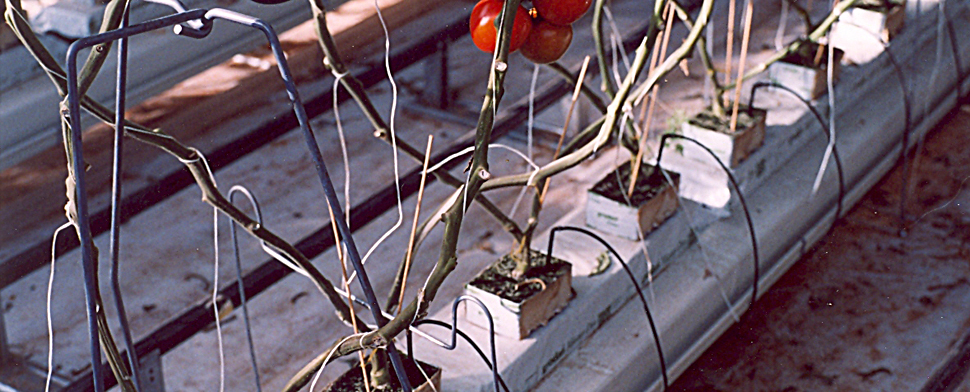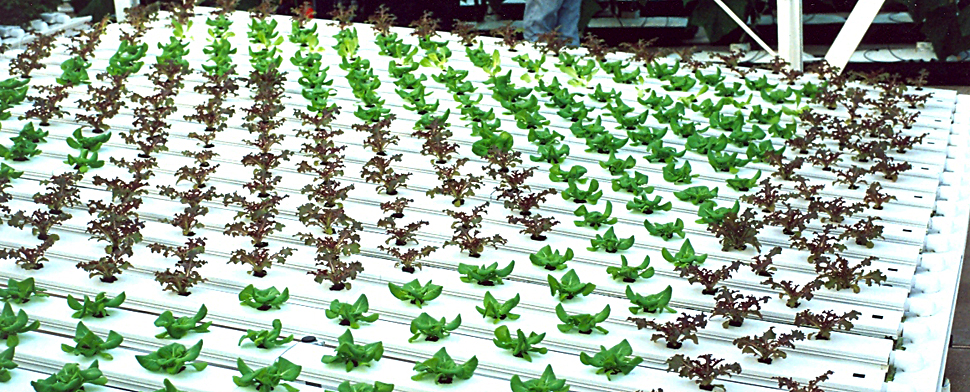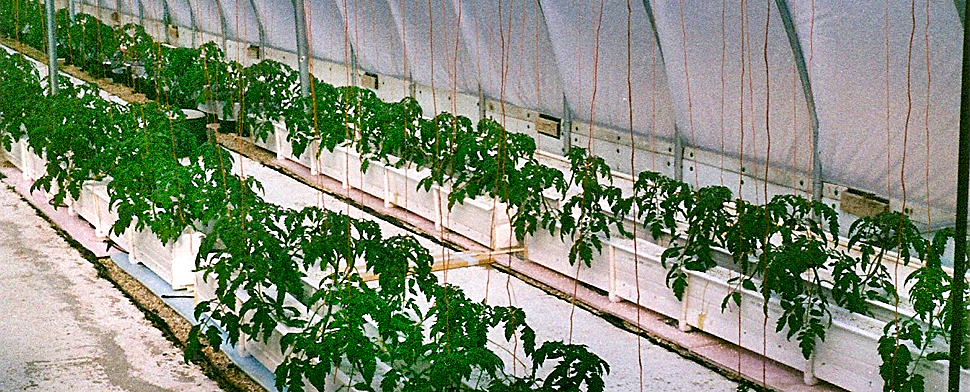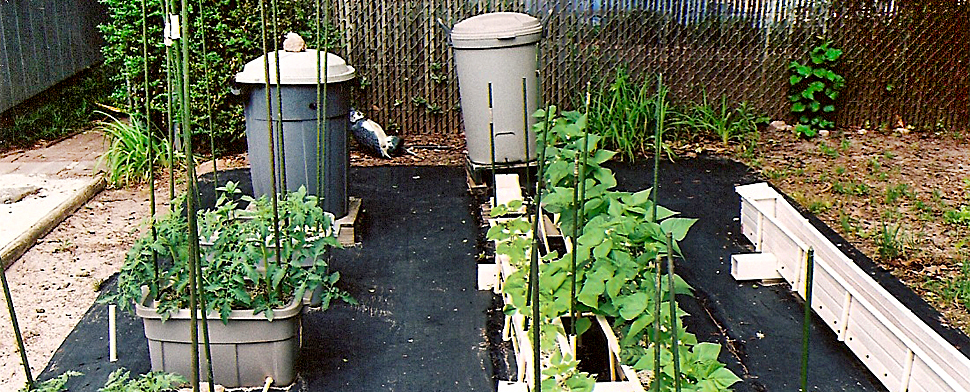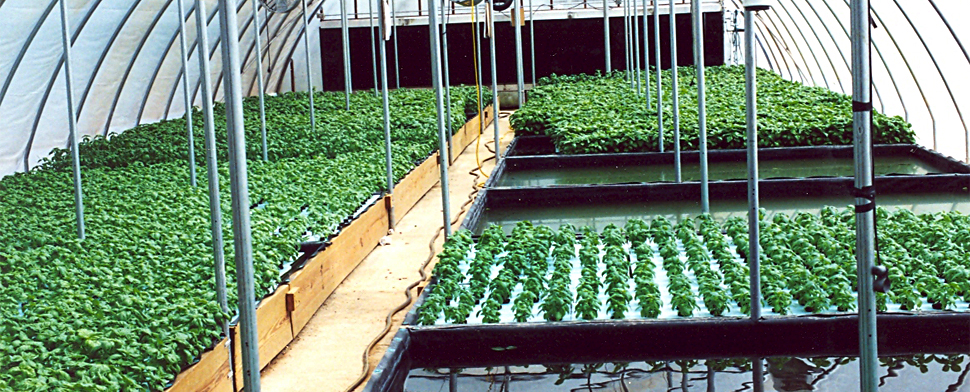Rockwool cubes are used for seed germination, and rockwool blocks and slabs as a rooting medium for growing plants hydroponically. Rockwool is marketed as a rooting medium primarily based on its water-holding capacity and aeration characteristics, rather than its elemental content.
The total elemental content of rockwool (decreasing range in %): Fe (10.5-13.4), Ca (7.30-11.8), K (1.22-1.28), Mg (3.0-0.61), Na (1.36-0.81), Zn (0.016-0.63), Mn (0.24-0.11), P (0.15-022), S (0.08-0.2), Cu (0.01-0.003), B (0.002-0.007). The variation in elemental content suggests that there is a significant “batch” effect depending on the elemental content of the source ingredients for making rockwool. How the elemental “batch” effect will impact plant nutrition needs to be determined.
Assaying rockwool as a soil, the extracted elemental content would class rockwool as a “fertile” soil. Research has shown that there is sufficient Fe in rockwool to meet the plant requirement rooted in it, and there is the potential that the elements P, K, Ca, Mg, S, Mn and Zn may also be sufficient to meet all or a portion of the elemental requirement of a rooted plant.
Rockwool is a fibrous substance, and therefore, it has a significant ion-holding capacity. Based on this fact, one needs to match an applied nutrient solution formulation (concentration and use) with the plant elemental requirement and interaction with the rooting medium.

